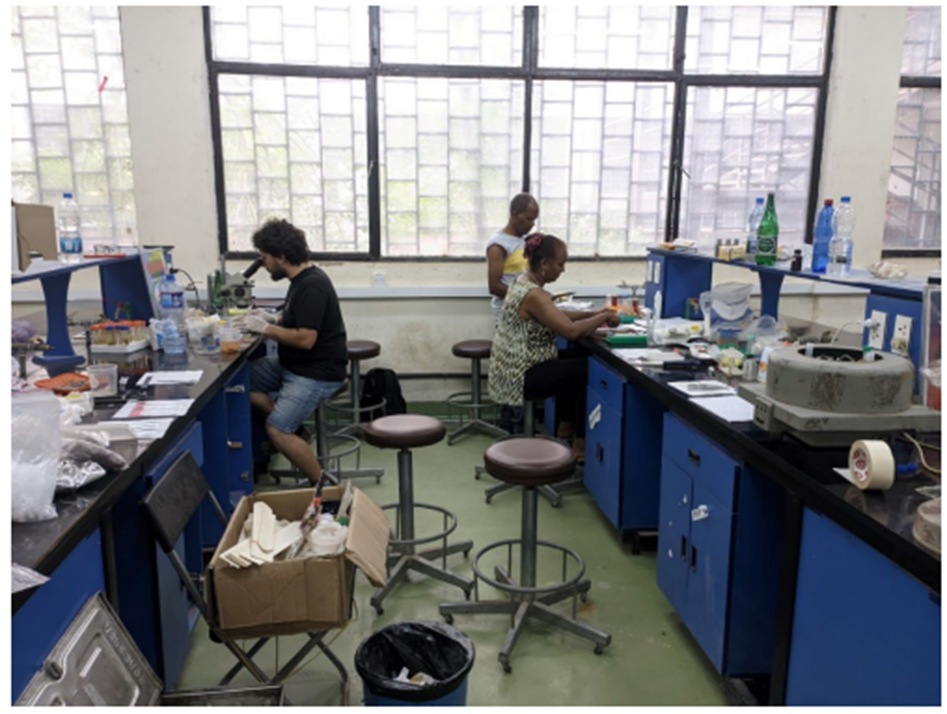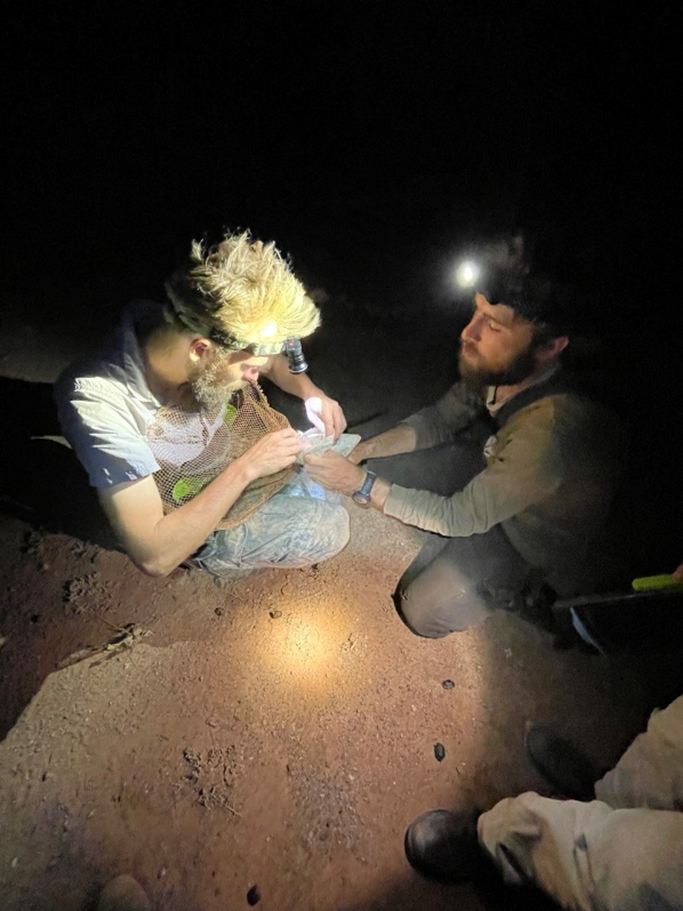
During the implementation of the project “Pathogens and helminths of mammals of Ethiopia: epidemiological and epizootic significance in anthropogenically disturbed and native ecosystems”, supported by the Ministry of Science and Higher Education of the Russian Federation in November-December 2023, specialists in large mammals and their pathogens Volobueva K.A. and Kim M.D., led by the project leader, Director of the Institute of Economics and Ecology of the Russian Academy of Sciences, Corresponding Member of the Russian Academy of Sciences Naidenko S.V., specialists in small mammals and their viruses Kostin D.S. and Martynov A.A. and an employee of the Center for Parasitology of the Institute of Ecology and Evolution of the Russian Academy of Sciences Efeikin B.D. The work was carried out in accordance with a pre-approved plan in the central (Addis Ababa) and eastern (Deri Dawa, Aisha, Kebri Dehar) parts of the country. Expeditionary work to study the seropositivity and immune status of mammals in Ethiopia included trapping and collecting blood from rodents of various species, and capturing large mammals (hyenas).

A total of 768 specimens of small mammals were captured, including representatives of rodents (Nikolaus’s mouse Megadendromus nikolausi, Ethiopian striped mouse Muriculus imberbis, Abyssinian grass rat Arvicanthis abyssinicus, Cairo spiny mouse Acomys cahirinus, Mount Chercher brush-furred rat Lophuromys chercherensis, Ethiopian white-footed mouse Stenocephalemys albipes, Brockman's rock mouse Ochromyscus brockmani, Natal multimammate mouse Mastomys natalensis, black rat Rattus rattus, lesser Egyptian gerbil Gerbillus gerbillus, Somali gerbil Ammodillus imbelis, naked mole rat Heterocephalus glaber), insectivores (Glass’s shrew Crocidura glassi, Thalia’s shrew C. thalia, Bale shrew C. bottegoides), Afro therium (elephant shrews Galegeeska revoilii and G. rufescens) and bats (yellow-winged bat Lavia frons, hairy slit-faced bat Nycteris hispida, Rüppell's horseshoe bat Rhinolphus fumigatus). Of particular interest within the framework of this project are the black rats that live exclusively in human buildings and disperse with them, polymammated rats of the genus Mastomys, for the Ethiopian representatives of which a new species of non-pathogenic for humans mammarenavirus Dhati-Welel (closely related, however, to the causative agent of such a disease, like Lassa fever), has been described, as well as the naked mole rat, which is the most important model object for a number of areas of evolutionary and medical biology.
Based on helminthological material collected in Ethiopia, a new species of nematode, Syphacia ethiopiana, was documented and described. The nucleotide sequences of the ITS rDNA and LSU rDNA of the newly described Ethiopian species were analyzed. The data obtained were compared with data on other species of the genus, including Syphacia obvelata - a closely related species, which is also the type species of the genus parasitizing of the genus Mus, including the common house mouse Mus musculus. A complete description of the fine structure of the cuticle surface is given based on the results of scanning electron microscope studies; it is shown that there is significant similarity between the new Ethiopian and the type species of the genus, although there are also morphological characters that distinguish the new species from previously described ones. Article by project participants: A.R. Gromova, L.A. Lavrenchenko and S.E. Spiridonov “Syphacia ethiopiana sp. n. (Nematoda: Oxyurida: Syphaciinae) from the endemic Ethiopian rodent Stenocephalemys albipes Rüppell, 1842” was published in the Russian Journal of Nematology.
Among the foreign participants, Mohammed Kasso, Mengistu Vale and Mesele Yikhune took part in the research. To carry out the work on the project, primarily related to the collection of biological material, they organized logistics, as well as the purchase of consumables necessary both for field research and for subsequent processing of the material in the laboratories of the University of Deri Dava.
